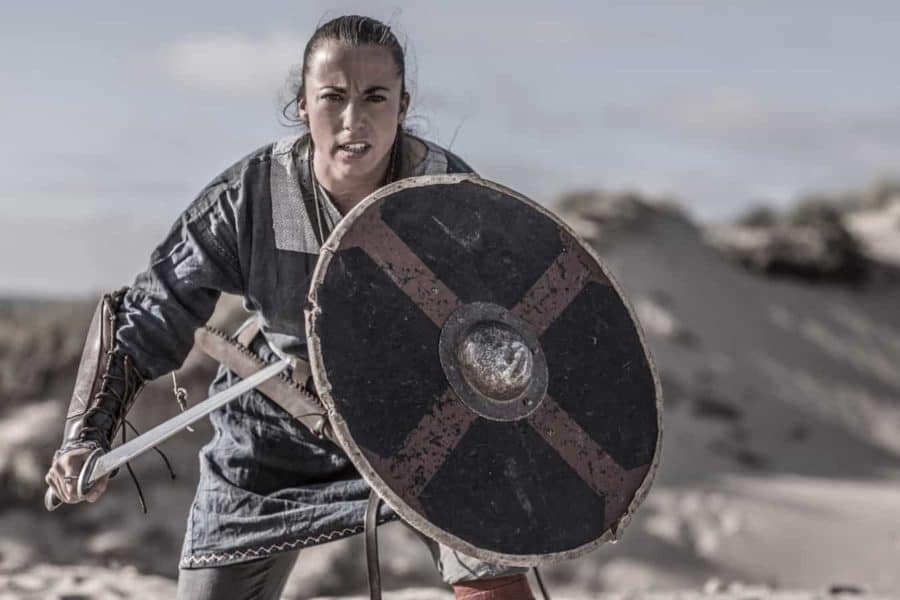An analysis of cremated bone fragments from burial mounds in Derbyshire, UK, provides the first solid evidence that Vikings crossed the North Sea with horses, dogs and other animals as early as the ninth century AD. The study is published in the open access journal PLOS ONE by Tessi Löffelmann of the University of Durham, UK, the Vrije Universiteit Brussels, Belgium, and colleagues. The researchers analyzed samples of human and animal remains, finding that they most likely originated from Scandinavia and that they died soon after arrival in Britain.
Heath Wood in Derbyshire has 59 burial mounts, twenty of which have been investigated, mostly in the 1940s and 50s. A contemporary source states that in AD 873, the Viking Great Army went to winter in Repton, close to Heath Wood. Remains there have been carbon dated to between the eighth and tenth centuries, but the origins have not been clear.
The researchers sampled small, cremated fragments of femur and cranium bones from the remains of two adults and one juvenile, as well as three animal remains: a horse, a dog and probably a pig. The fact that these remains were cremated suggests a strong Scandinavian influence as inhumation burial was the contemporary mode in Britain.
Samples were tested to determine ratios for strontium — a trace element present in rocks, soil, waters, plants, and animals — and these ratios were compared with those in the local area. The strontium in one adult and the animals differed from local strontium ratios, while the other adult and infant human samples were consistent with local ratios. These data suggest that there are people with different histories at the burial site, and if they belonged to the Great Viking Army, this band was made up of different populations.
The authors suggest that their research presents the first solid evidence for the transport of animals from Scandinavia to the heart of England in the ninth century. This differs from contemporaneous reports in the Anglo-Saxon Chronicle, which states that horses were taken by the Scandinavians from the local population in eastern England upon arrival.
The authors add: “Our study shows for the first time that Vikings brought animals, specifically horses and dogs, to Britain in the 9th century. Most likely, they were travelling alongside humans on ships.”
If our reporting has informed or inspired you, please consider making a donation. Every contribution, no matter the size, empowers us to continue delivering accurate, engaging, and trustworthy science and medical news. Independent journalism requires time, effort, and resources—your support ensures we can keep uncovering the stories that matter most to you.
Join us in making knowledge accessible and impactful. Thank you for standing with us!

